Summary | Excerpt | Reading Guide | Discuss | Reviews | Beyond the Book | Read-Alikes | Genres & Themes | Author Bio
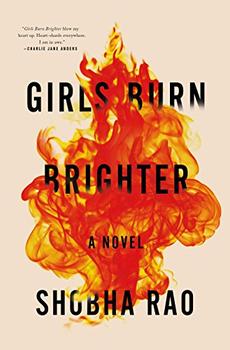
Critics' Opinion:
Readers' Opinion:
First Published:
Mar 2018, 320 pages
Paperback:
Mar 2019, 400 pages
 Book Reviewed by:
Book Reviewed by:
Grace Symes
Buy This Book
This article relates to Girls Burn Brighter
In Girls Burn Brighter, the charkha, a kind of spinning wheel, is a means of self-sufficiency and independence for Poornima and Savitha. Savitha carries the scraps of the sari she made for Poornima across the world, as a reminder of the simple happiness the two girls found when weaving together.
The charkha is one of the oldest known forms of the spinning wheel, originating in India between 500 and 1000 CE. It replaced the previous method of hand-spinning with a spindle. With the invention of the charkha, the spindle could be rotated by a large wheel turned by hand, resulting in spun yarn that could then be wound on to the spindle. The charkha was often a woman's only source of livelihood, allowing her to work from home and look after her children. She would use it to spin cotton and other fibers into khadi, or rough cloth.
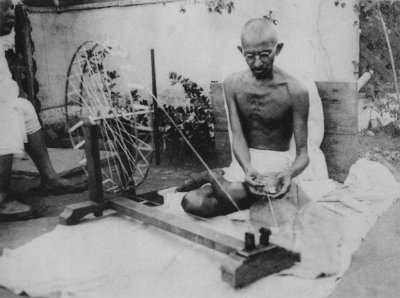 Traditional versions of the spinning wheel largely fell out of use during the Industrial Revolution as they were replaced by machines. But the charkha was greatly popularized by Mahatma Gandhi in the 1930s. He saw something sacred, free, and spiritual in the simple labor of the spinning wheel, and hoped that its reintroduction would increase the self-sufficiency of the Indian people. Gandhi invented his own version called the box charkha, which used a new double-wheel drive system that allowed for greater speed and control. These box charkha range from the size of a book to a briefcase, making them much smaller and more easily portable than the traditional floor charkha.
Traditional versions of the spinning wheel largely fell out of use during the Industrial Revolution as they were replaced by machines. But the charkha was greatly popularized by Mahatma Gandhi in the 1930s. He saw something sacred, free, and spiritual in the simple labor of the spinning wheel, and hoped that its reintroduction would increase the self-sufficiency of the Indian people. Gandhi invented his own version called the box charkha, which used a new double-wheel drive system that allowed for greater speed and control. These box charkha range from the size of a book to a briefcase, making them much smaller and more easily portable than the traditional floor charkha.
Gandhi's emphasis on the charkha also made it more socially acceptable for men to participate in charkha-weaving. The Indian independence movement used the charkha as a symbol of peace and self-reliance. The Indian National Congress, which gave birth to many prominent advocates of independence including Gandhi and Pandit Jawaharlal Nehru, used the charkha as a symbol of their party flag for a long time.
During India's independence movement in the mid-twentieth century, the charkha came to be an integral part of a plan to replace British machine-made goods with handmade Indian cloth. It represented a political and economic stand against the British and, once again, became a means of supplementing income by working from home, thus granting greater possibilities to the impoverished rural populations of India.
While today, traditional versions of the charkha have once again fallen out of use in favor of machines, they are still used in many parts of India, especially in impoverished rural areas like Indravalli, the real village where the fictional Poornima and Savitha in Girls Burn Brighter lived.
In addition, newer models have kept up with the times. In 2007, Indian inventor RS Hiremath created the e-charkha, which harnesses the energy used in spinning the charkha and transforms it into electricity that can be stored in a battery. The device is used primarily in rural India, where people have little or no access to electricity. In two hours of spinning cloth, the e-charkha can produce enough energy to power an LED light for 6-7 hours.
Filed under Music and the Arts
![]() This "beyond the book article" relates to Girls Burn Brighter. It originally ran in March 2018 and has been updated for the
March 2019 paperback edition.
Go to magazine.
This "beyond the book article" relates to Girls Burn Brighter. It originally ran in March 2018 and has been updated for the
March 2019 paperback edition.
Go to magazine.
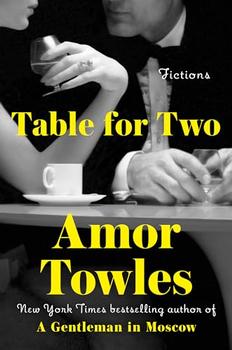
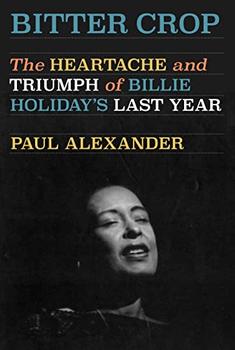
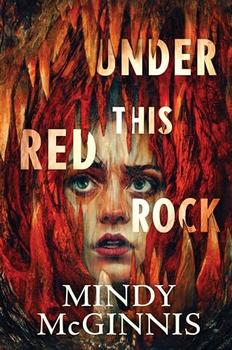
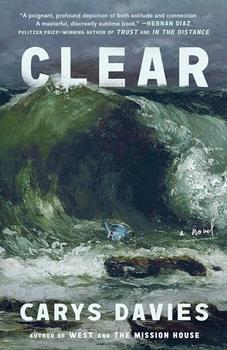
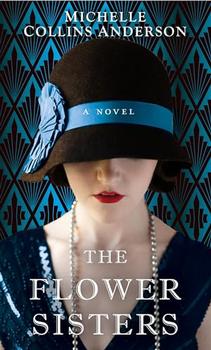
The Flower Sisters
by Michelle Collins Anderson
From the new Fannie Flagg of the Ozarks, a richly-woven story of family, forgiveness, and reinvention.
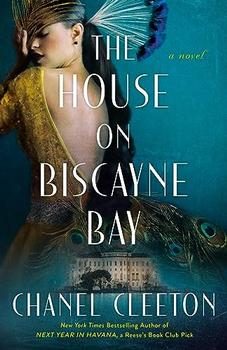
The House on Biscayne Bay
by Chanel Cleeton
As death stalks a gothic mansion in Miami, the lives of two women intertwine as the past and present collide.

The Funeral Cryer by Wenyan Lu
Debut novelist Wenyan Lu brings us this witty yet profound story about one woman's midlife reawakening in contemporary rural China.
Your guide toexceptional books
BookBrowse seeks out and recommends the best in contemporary fiction and nonfiction—books that not only engage and entertain but also deepen our understanding of ourselves and the world around us.